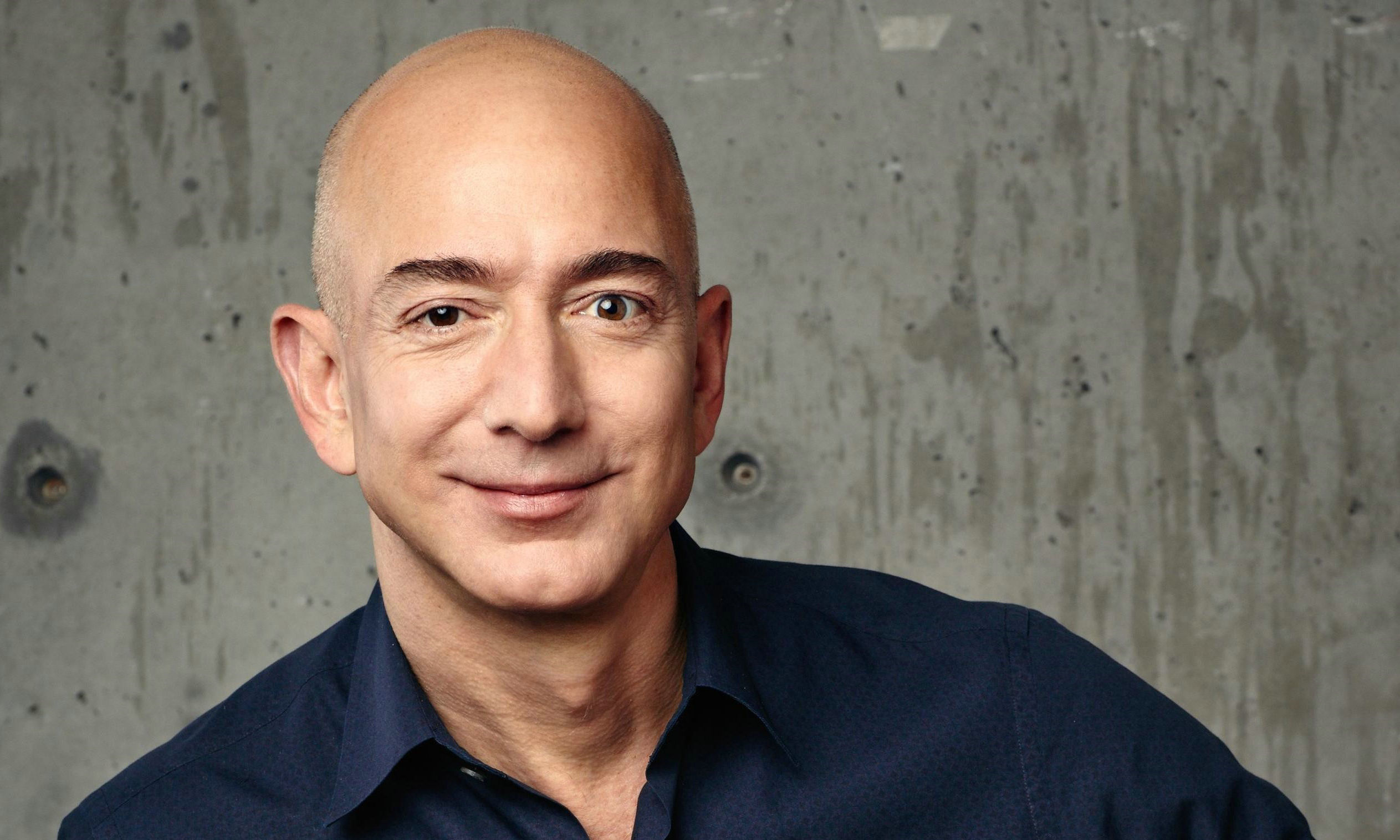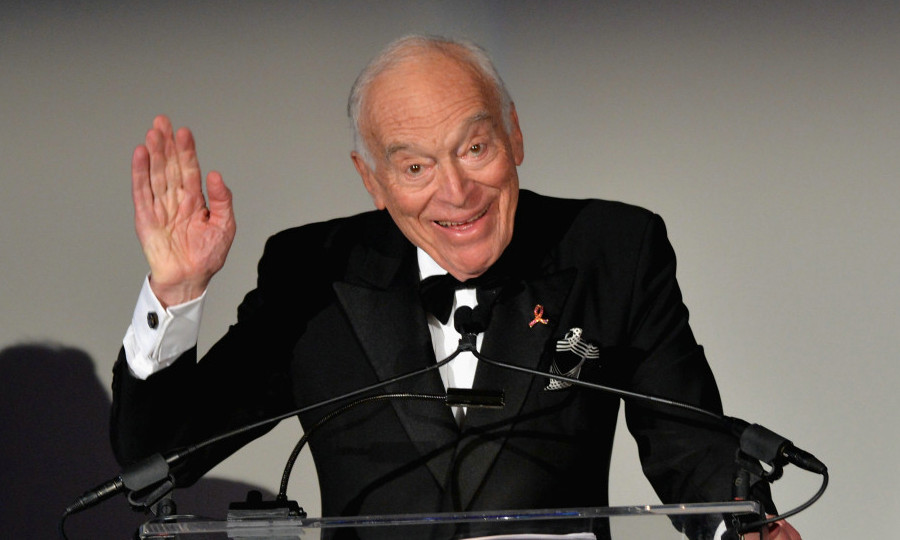In the realm of beauty, one name shines as brightly as the stars, having not only shaped the modern cosmetics industry's landscape but also constructed a brand empire that spans centuries through his extraordinary business acumen – Leonard Lauder, the patriarchal figure behind the Estée Lauder Companies. This narrative delves into his world, revealing through vivid anecdotes, tangible examples, and profound insights how this business titan transformed the power of a lipstick into an unending commercial epic.
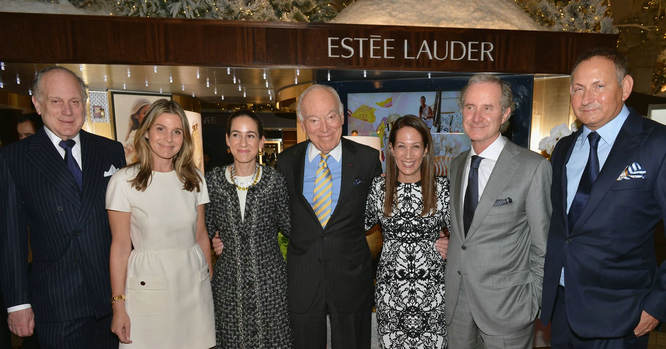
From Battlefield to Boardroom: A Leap of Strategy
"Transitioning from the military to cosmetics was a giant leap; I had to relearn how to wage war," Leonard once reminisced. Fresh from service, he confronted the daunting shift from military discipline to commercial operations, with the primary challenge being how to apply battlefield strategies to the cutthroat competition of the cosmetic market. The battleground may have shifted, but with vastly different rules, Leonard had to adapt swiftly.
Joining the company when Estée Lauder was still a small family venture with a strained cash flow, unable to rival its deep-pocketed competitors, every cent mattered. "It was a battle for survival," Leonard recollected, with financial constraints posing the greatest obstacle to growth. He was compelled to seek cost-effective solutions to keep the business afloat.
With a limited product line and a market saturated with sameness, Leonard recognized innovation as the key to distinction. "Innovation is our lifeline," he emphasized, driving research and development that introduced groundbreaking products like oil-free formulas, catering to untapped consumer desires and elevating Estée Lauder amidst a sea of brands.
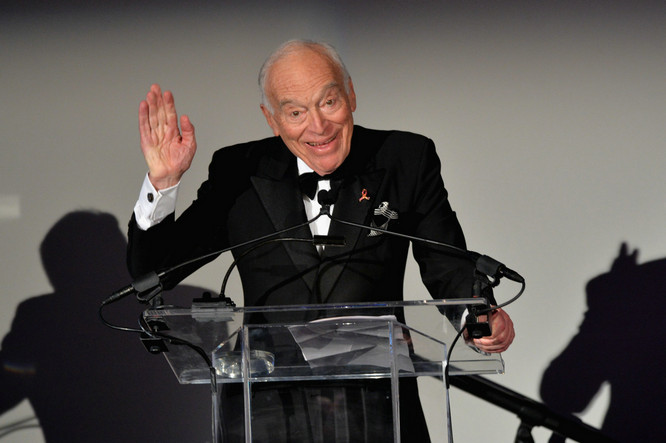
A Symphony of Beauty and Business
"Beauty has the power to transform lives." – Leonard Lauder's words encapsulate both his profound understanding of the cosmetics industry and his motivation for entering it. To him, cosmetics were more than mere vessels; they were tools of confidence and self-expression, artistic mediums bestowing women with power and freedom.
While most businessmen in the mid-20th century battled in traditional sectors, Leonard perceptively foresaw the vast potential of the cosmetics industry. Amid post-war economic resurgence and rising female empowerment, the quest for beauty intensified, and cosmetics perfectly addressed this desire. Recognizing the beauty industry as an untapped goldmine of consumer growth, he partnered with his mother, Estée Lauder, to establish a brand that would become a global icon.
Lauder understood that to stand out in the fiercely competitive cosmetics sector, innovation was paramount. He pioneered "gift-with-purchase" marketing, a strategy still prevalent today, and underscored the importance of brand storytelling and culture. By crafting Estée Lauder as a high-quality, luxurious yet approachable brand, he attracted a loyal clientele and significantly enhanced brand value. Under his chairmanship from 1995 to 2013, the company's market capitalization surged over fifteenfold, a testament to his innovative strategies.
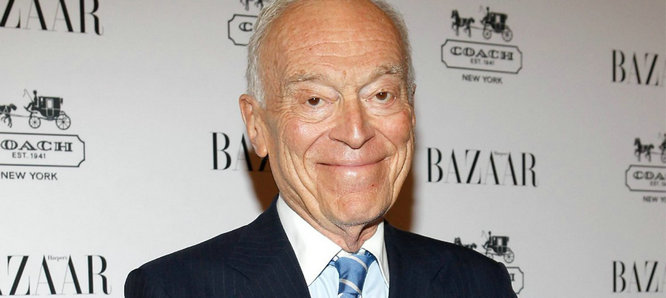
The Lipstick Index: Leonard’s Economic Barometer
"In times of economic hardship, people seek comfort," Leonard observed. He noted that during recessions, women might forgo expensive luxuries like haute couture or jewelry but were still willing to indulge in affordable luxuries like lipsticks. This phenomenon, reflected in Estée Lauder's sales figures and corroborated by other cosmetic brands, evolved into an informal yet widely discussed topic in economics.
The simplicity of Leonard's "Lipstick Index" belied its profundity. In downturns, while consumers cut back on non-essentials, their craving for small indulgences grows. Lipsticks became a symbol of this paradox, serving as both personal treats and a means to maintain appearance and dignity amidst adversity, reflecting humanity's universal quest for beauty in challenging times.
During the 2008 global financial crisis, while many luxury goods suffered, cosmetics like lipsticks defied the trend. According to NPD Group, US lipstick sales rose by 11%, while the overall cosmetics market grew by a meager 0.5%. This phenomenon validated Lauder's theory, elevating the "Lipstick Index" into a fascinating metric discussed by economists and media alike.
Lauder's insight not only demonstrated his sharp business acumen but also his profound comprehension of human nature. He saw cosmetics as emotional expressions, reflections of women's self-awareness and emotions throughout life stages. Lipstick sales, thus, served as a symphony echoing the interplay between economy and psychology, reason and emotion.
In Leonard Lauder's "Lipstick Index," we find not just an alternative measure of economic oscillations, but a delicate reflection of human sentiment. It teaches us that even in the darkest economic periods, people seek light, however subtle – in this case, a gentle swipe across the lips. This symbolizes not merely business wisdom but also a humanistic concern, reminding us that economic indicators can sometimes be found in the most mundane aspects of daily life, narrating the truest stories of humanity.
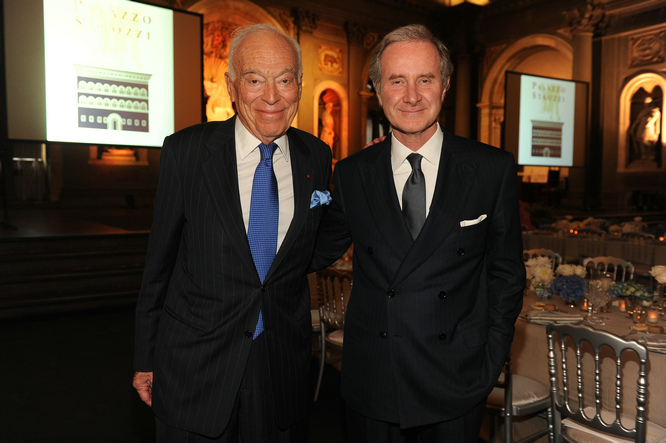
Encountering the East: Unleashing Limitless Possibilities
"China's market, to me, resembled a bud waiting to bloom at the right moment, revealing its unique allure." — Leonard Lauder's words echoed this sentiment. In 1993, when Estée Lauder first set foot on China's vast terrain, Mr. Lauder had already foreseen the immense potential of this market. Amid an era where the cosmetics industry was yet to be fully tapped, he adopted a pioneering stance, ingeniously merging Western skincare concepts with the beauty needs of Chinese women, thus initiating Estée Lauder's journey of beauty in China.
Lauder understood that to take root in the Chinese market necessitated building a bridge between Eastern and Western cultures. He stressed, "We must learn to tell stories that resonate with Chinese consumers, in their language, sharing our brand narrative." Consequently, Estée Lauder implemented targeted marketing strategies in China, such as launching limited edition collections tied to traditional Chinese festivals and engaging beloved local celebrities as brand ambassadors, which rapidly narrowed the gap between the brand and Chinese consumers.
Under Lauder's guidance, Estée Lauder leveraged big data and market research to precisely identify shifts in Chinese consumer preferences. For instance, acknowledging the high demand for whitening products among Chinese women, the brand introduced multiple whitening series, swiftly dominating the market. This strategy's triumph was evident not only in soaring sales but also a significant rise in brand loyalty. Since entering the Chinese market, Estée Lauder has achieved an annual growth rate far exceeding industry averages, establishing itself as a key player in China's premium cosmetics market.
Lauder firmly believed, "In a rapidly evolving market, constant innovation is the only constant." As Estée Lauder developed in China, it continually integrated the world's most advanced skincare technology with traditional Chinese herbal medicine principles, launching products embodying the wisdom of both worlds. The iconic Little Brown Bottle series, combining traditional Chinese herbal ingredients with modern technology, instantly became a market sensation, winning the hearts of countless consumers.

Colliding and Adapting: Challenges of Cultural Differences
"China's market is a complex beauty that demands not only our ability to listen but also to interpret with respect and wisdom." Lauder once remarked poignantly. Initially, Estée Lauder faced the challenge of bridging cultural divides. The brand's early attempts to directly transplant Western marketing strategies overlooked the unique aesthetic and consumption habits of Chinese consumers, resulting in tepid responses to some products and campaigns. Overemphasizing Western anti-aging concepts while neglecting the Chinese emphasis on natural beauty and inner health led to a disconnect with consumers.
With the rapid development of internet technology, China's e-commerce market exploded. Although Estée Lauder swiftly ventured into online channels, it initially struggled with the rise of local platforms like Taobao and JD.com, along with shopping festivals like Singles' Day and 618. Challenges in inventory management, logistics, and pricing strategies were evident. Lauder highlighted, "E-commerce is not just a change in sales channels, but a transformation of the business model." The brand navigated the painful transition from traditional retail to digital, experiencing fluctuating sales as a result.
"Counterfeit goods pose a direct threat to our brand value," Lauder expressed grave concern. In China, Estée Lauder's products became prime targets for fakes due to their high profile, causing severe damage to the brand image. While legal actions against counterfeits and consumer education were implemented, effectively safeguarding brand rights in a vast and fragmented market remained a daunting task, impacting both financial loss and consumer trust.
Faced with these challenges, Lauder and Estée Lauder chose to delve deeper into the Chinese market, implementing more refined localization strategies. The brand delved into Chinese culture, launching limited-edition products tailored to local festivals, collaborating with renowned TCM experts for new products that fused Eastern and Western beauty philosophies. Close cooperation with local KOLs and celebrities helped the brand forge emotional connections with China's younger generation, achieving dual victories in reputation and sales.
Evergreen Blockbuster — The Little Brown Bottle
Imagine it's 1982, and a revolution in the cosmetics industry is quietly brewing. At a time when skincare mostly revolved around basic hydration, concepts like antioxidants and repair were alien to the public. Yet, Leonard Lauder had a prescient insight: "Beauty should not merely be superficial enhancement; it should stem from deep nourishment and restoration." This forward-thinking led to the creation of the globally renowned Little Brown Bottle — Estée Lauder Advanced Night Repair.
Since its inception, the Little Brown Bottle has sold over a hundred million units, with thousands of consumers choosing it as their nightly skincare staple every minute. Beyond numbers, it reflects global recognition of quality and efficacy. A survey of long-term users showed significant improvements in skin radiance and texture after four weeks, validating its potent restorative powers.
"Innovation is in our DNA," Lauder famously stated. He saw the Little Brown Bottle's success not just in the product's excellence but in the relentless pursuit of technological innovation it represented. Each formula tweak was based on the latest skincare science, ensuring the Little Brown Bottle stayed at the forefront of skincare technology.
The Little Brown Bottle's enduring popularity owes to its remarkable effectiveness and the brand's precise grasp of market trends. With modern lifestyles accelerating and stress mounting, complex skincare issues abound, making the all-encompassing reparative properties of the Little Brown Bottle a savior for urban dwellers. More importantly, Lauder's commitment to "educational marketing," continually informing consumers about skincare knowledge and emphasizing skin health's importance, fostered strong brand loyalty.
The Messenger of Beauty and Guardian of Art
Leonard was not just a business genius but also a philanthropist and patron of the arts. Believing corporations should shoulder social responsibility, he established foundations supporting education, healthcare, and cultural endeavors, with a particular passion for modern art that made him a major benefactor to institutions like the Metropolitan Museum of Art in New York. He opined, "Beauty, whether in a jar of cream or a painting, is humanity's eternal pursuit."
Leonard Lauder's life was a testament to an endless quest and dedication to the "beautiful enterprise." He not only built an enduring business empire but left a profound mark on the cosmetics industry and beyond. As he said, "We sell not just products, but a lifestyle, a yearning for a beautiful existence." Leonard's story is a textbook lesson in innovation, resilience, and social responsibility, inspiring every dreamer to explore fearlessly and forge ahead.
